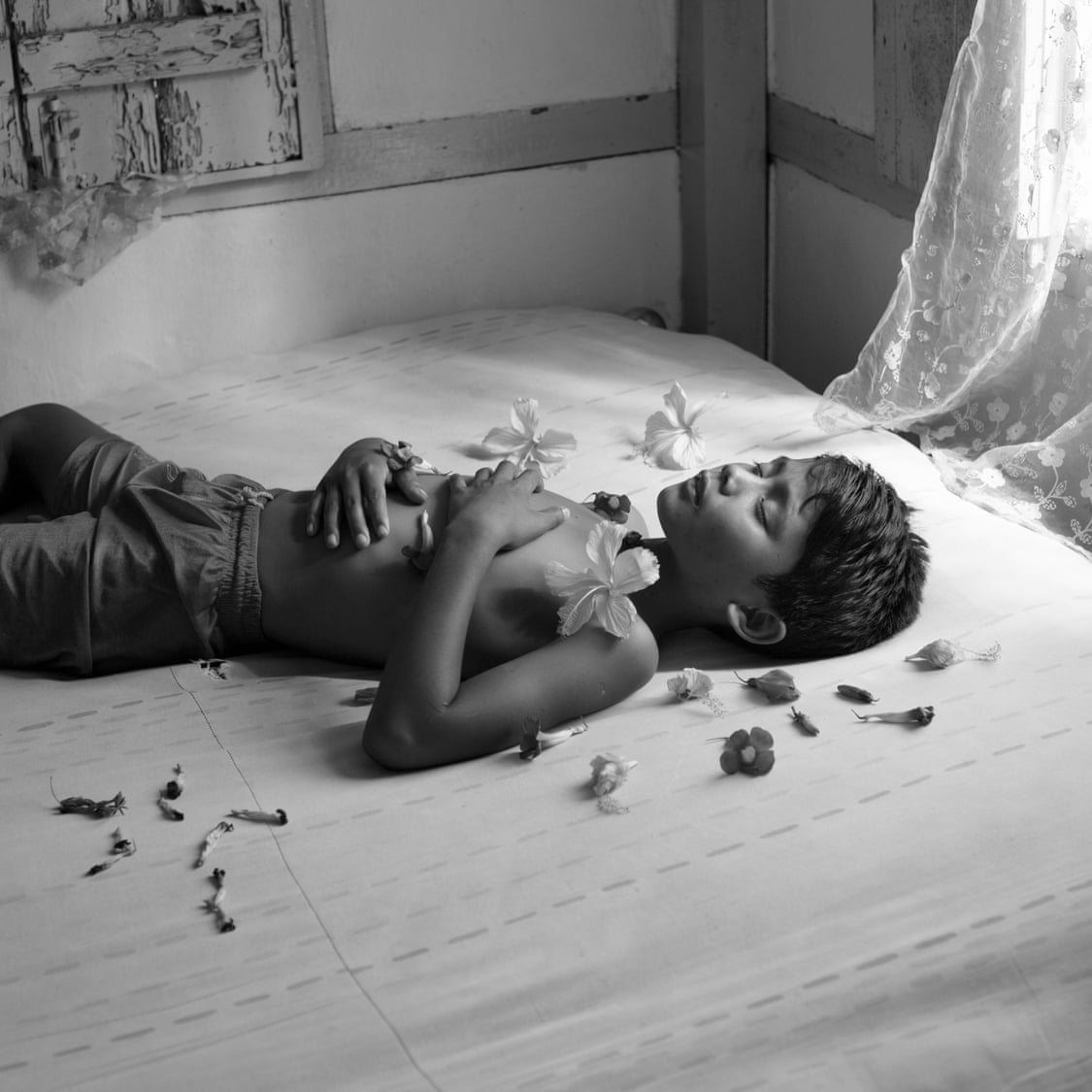- UID
- 20
- Online time
- Hours
- Posts
- Reg time
- 24-8-2017
- Last login
- 1-1-1970
|
|
━━━━━━━━━━━━━━━━━
Aishwarya Arumbakkam’s Ka Dingiei series is inspired by the beliefs of an ancient Indian community.

Untitled, 2016, from the Ka Dingiei series. Photograph: Aishwarya Arumbakkam
▼ In the Indian state of Meghalaya – meaning “abode of the clouds” in Sanskrit – a small village sits near the border with Bangladesh. Lama Punji is home to 40 families from the Khasi indigenous ethnic group, whose use of the land and its resources is based on a traditional system of unwritten laws. But since 1998, the north-eastern region’s protected forests have been subject to large-scale destruction because of stone and sand mining. Unfavourable government policies, corporate might and legal loopholes have left the Khasi families powerless to resist the quarrying.
Photographer and film-maker Aishwarya Arumbakkam first visited Lama Punji in 2015 and has since been documenting the effect of mining on the village and its people in her ongoing series Ka Dingiei. Rather than taking a documentary approach, Arumbakkam’s lyrical and allegorical style is inspired by an ancient Khasi belief that nature is intrinsically linked to the divine, and destroying it could sever these ties.
“While I feel traditional documentary photography is important, it’s not a voice I can personally speak in,” says Arumbakkam. “The stories I’d like to tell are far more suited to a less factual approach. My interest is in cultural narratives: the stories communities tell about their past, present and future.”
Now based between her native Chennai and Austin, Texas, Arumbakkam was staying with a family when she took this image of Arlangki, aged 11 or 12 at the time, half asleep in his bedroom on a quiet morning, the smell of wildflowers in the air.
“Arlangki and his family are extremely kind, generous and thoughtful people,” Arumbakkam says. “He was at that age where he enjoyed being part of something like this, to play, to act; curious, friendly and generous with his time. A lot of the stories in this work are stories I’ve heard from him and his friends.”
► This article was originally published here: Source |
|